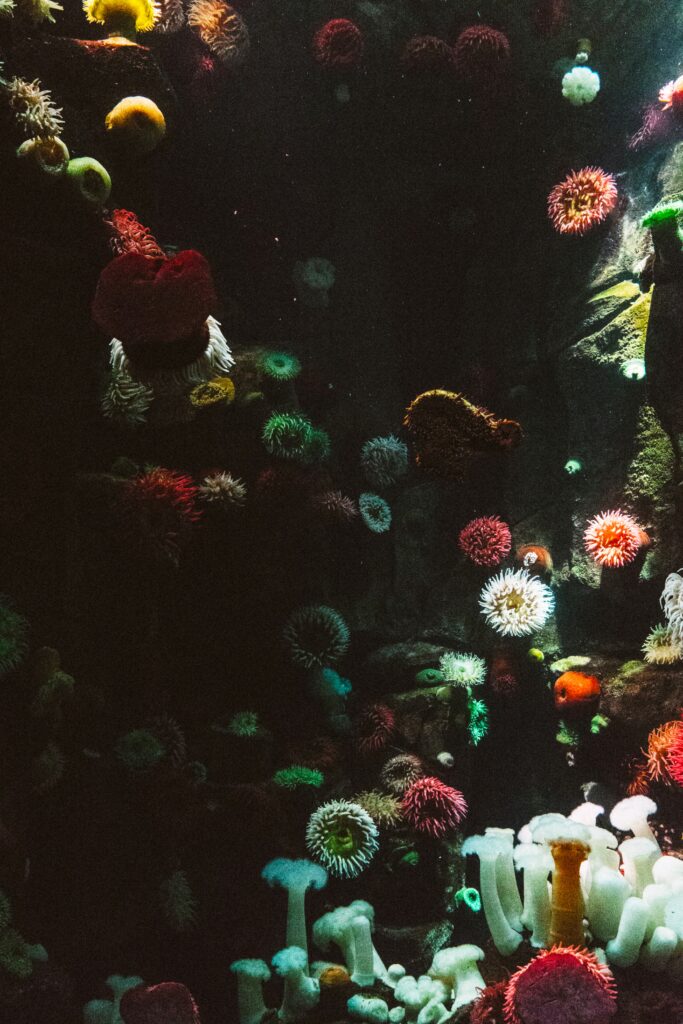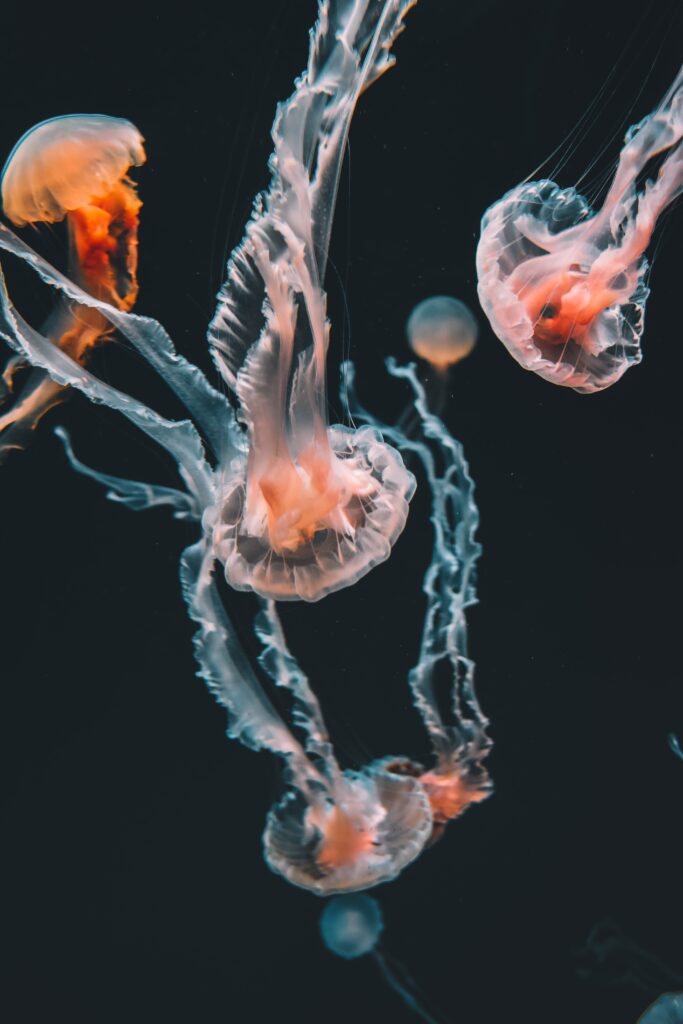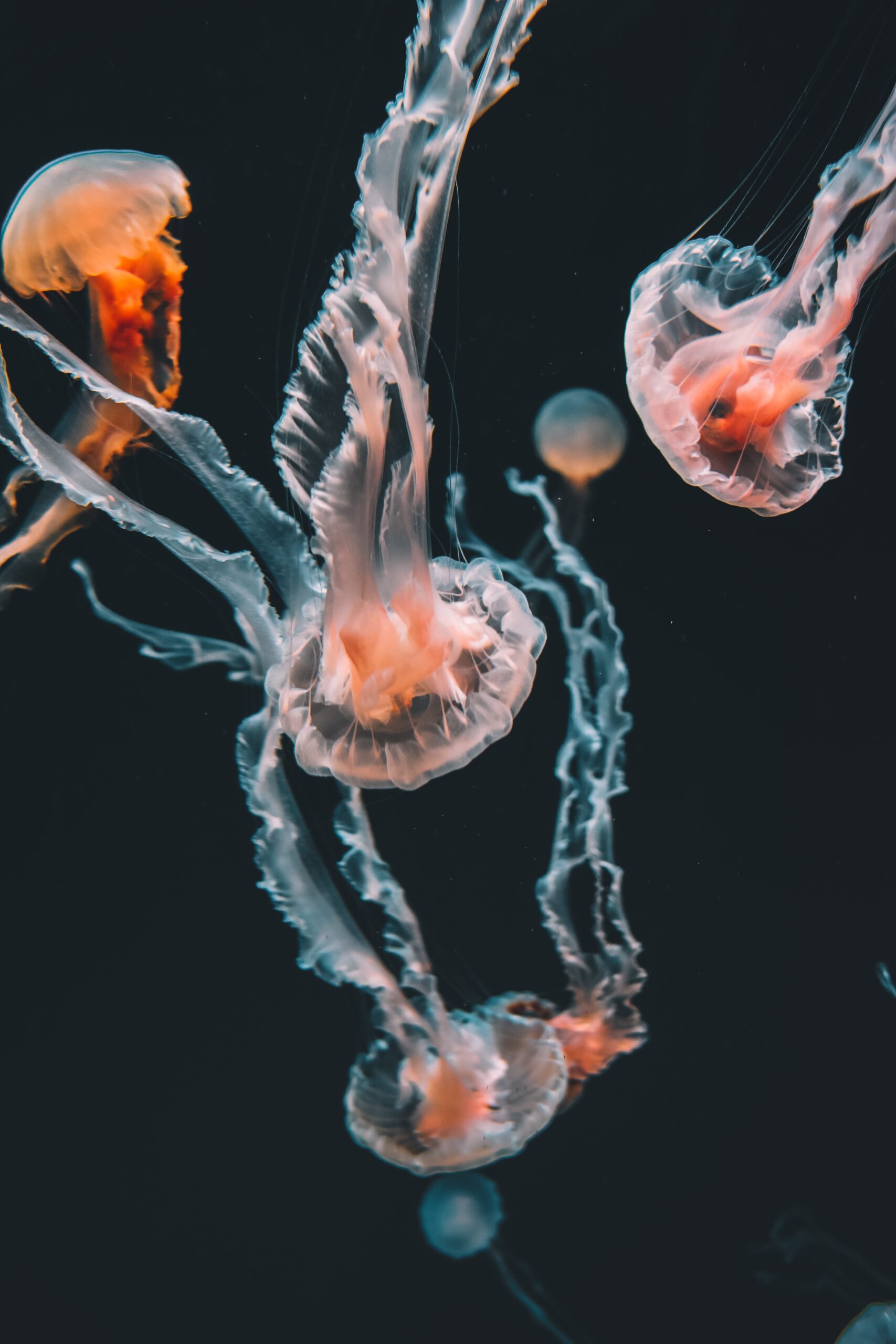“The Underwater Cabaret: A Hidden Resistance Movement during World War II” unveils the remarkable story of Curt Bloch, a German Jew who sought refuge from the Nazis in an attic in the Netherlands. With the support of compassionate individuals, Bloch managed to create a clandestine weekly magazine called “The Underwater Cabaret,” consisting of 95 issues produced from August 1943 to April 1945. Each edition embraced original art, poetry, and songs that fearlessly criticized the Nazis and their collaborators. Bloch’s daughter, Simone Bloch, is now dedicated to expanding public awareness of these powerful publications through a book and a museum exhibition. As a previously unknown literary endeavor documenting the Holocaust in Europe, the magazines stand as a testament to human resilience and offer a rare glimpse into the clandestine resistance movements of the era. Thanks to the research and efforts of Gerard Groeneveld and Aubrey Pomerance, Curt Bloch’s life and experiences are receiving the recognition they deserve.

Background
Curt Bloch’s hiding from the Nazis in the Netherlands
During World War II, German Jew Curt Bloch found himself facing the threat of persecution by the Nazis. In a desperate bid to escape their clutches, Bloch went into hiding in an attic in the Netherlands. Forced into isolation and faced with the harsh realities of life under Nazi occupation, Bloch sought solace through art as a means of resistance.
Creation of the magazine ‘The Underwater Cabaret’
In his attic hideout, Curt Bloch was able to receive food and materials from individuals sympathetic to his cause. Utilizing these limited resources, he embarked upon the creation of a remarkable weekly magazine known as “The Underwater Cabaret.” This magazine would serve as a platform for artistic expression, resistance, and defiance against the Nazi regime.
Overview of ‘The Underwater Cabaret’
Frequency and duration of publication
From August 1943 to April 1945, Curt Bloch tirelessly produced 95 issues of “The Underwater Cabaret.” Despite the challenging circumstances he faced, Bloch maintained a weekly publication schedule, ensuring a consistent flow of creative content to his audience.
Content of the magazine
“The Underwater Cabaret” went far beyond the realm of a typical magazine. Each issue contained original artwork, poetry, and songs that were carefully crafted to criticize the Nazis and their collaborators. These artistic expressions aimed to convey messages of resistance, hope, and resilience in the face of oppression.

Criticizing the Nazis
Artistic expressions of resistance
The powerful medium of art allowed Curt Bloch and his contributors to express their resistance to Nazi ideology. Through visual art, they depicted scenes of defiance, human suffering, and the longing for freedom. These expressions of resistance not only served as a form of catharsis for the artists themselves but also conveyed a damning critique against the oppressive regime.
Poetry and its impact
Poetry played a significant role in “The Underwater Cabaret,” providing a literary outlet for expressing thoughts, emotions, and political dissent. The carefully chosen words and metaphors served as a vehicle for communicating the experiences of those living under Nazi rule. This medium allowed the contributors to share intimate reflections on their lives, hopes, and the realities of the Holocaust.
Songs as a tool for resistance
Music has long been recognized as a powerful tool for resistance, and the creators of “The Underwater Cabaret” understood its potential impact. They composed and shared songs that both entertained and communicated messages of defiance, unity, and hope. These songs often served as a means of lifting spirits and fostering a sense of camaraderie among those living in fear and isolation.
Impact and Scope of the Magazines
Relevance of Bloch’s work in documenting the Holocaust
“The Underwater Cabaret” serves as an invaluable historical document, shedding light on the experiences of those who lived through the Holocaust. By capturing the emotions, thoughts, and expressions of resistance during this dark period in history, the magazine offers a distinct perspective that expands our understanding of the Holocaust and its impact on individuals.
Public awareness through museum exhibition
Simone Bloch, Curt Bloch’s daughter, has diligently worked towards expanding public awareness of “The Underwater Cabaret” through a book and a museum exhibition. By providing a platform for the magazines to be showcased, this exhibition serves as a powerful educational tool, ensuring that the lessons and experiences of the Holocaust are never forgotten.

Expanding Knowledge and Awareness
Role of Simone Bloch
Simone Bloch has played a crucial role in expanding knowledge and awareness of her father’s work and the significance of “The Underwater Cabaret.” Her efforts, including conducting research and organizing exhibitions, have brought attention to the profound impact that personal stories and artistic expression can have in preserving history and promoting understanding.
Research by Gerard Groeneveld and Aubrey Pomerance
Through extensive research, Gerard Groeneveld and Aubrey Pomerance have unearthed valuable insights into the life and experiences of Curt Bloch. Their research delves deep into the circumstances in which “The Underwater Cabaret” was created, shedding light on the challenges and risks faced by those involved in clandestine resistance movements during the Holocaust.
Challenges and Risks Faced
Consequences for the creators and distributors of the magazine
The creators and distributors of “The Underwater Cabaret” faced immense risks and consequences for their actions. In an era of extreme surveillance and suppression, discovery could have resulted in imprisonment, torture, or even death. These brave individuals demonstrated unwavering courage in their pursuit of resistance, fully aware of the immense personal risks they were undertaking.
Impact of the Gestapo’s actions
The Gestapo, the secret police of Nazi Germany, posed a constant threat to those involved in underground resistance movements. The actions of the Gestapo had a chilling effect on organizations like “The Underwater Cabaret,” forcing individuals to operate covertly, with the constant fear of betrayal and subsequent arrest. The ever-looming presence of the Gestapo made the production and distribution of the magazine a treacherous endeavor.
Recovery and Conservation of Magazines
Efforts to preserve and digitize the magazines
Recognizing the historical significance of “The Underwater Cabaret,” efforts have been made to preserve and digitize the magazines. By utilizing modern technology, these priceless artifacts can be protected from deterioration and made accessible to a wider audience. This preservation work ensures that future generations can engage with the magazines and gain a deeper understanding of their historical context.
Importance of preserving historical records
The preservation of historical records, such as “The Underwater Cabaret,” is of paramount importance. By capturing the experiences and expressions of resistance during the Holocaust, these records enable us to bear witness to the past, learn from it, and ensure that the horrors inflicted by the Nazis are never repeated. Preserving such records is an act of remembrance, paying homage to those who suffered and honoring their resilience.
Historical Significance
Recognizing ‘The Underwater Cabaret’ as a literary effort
“The Underwater Cabaret” stands as a remarkable literary effort born out of the darkness of the Holocaust. It challenges the notion that resistance is limited to physical forms and highlights the power of creativity and expression as tools for resistance. Recognizing it as a literary endeavor grants the magazine the respect it deserves as a poignant testament to the human spirit and its indomitable resistance against oppression.
Contribution to understanding and remembering the Holocaust
“The Underwater Cabaret” makes a profound contribution to our understanding of the Holocaust. By presenting a firsthand account of the emotions, thoughts, and artistic expressions of those living under Nazi occupation, the magazine provides a personal narrative that enriches our knowledge of this dark period in history. It serves as a poignant reminder of the atrocities of the Holocaust and the importance of resisting totalitarian regimes.
Lessons for Resistance Movements
The power of creativity and expression
“The Underwater Cabaret” exemplifies the power of creativity and expression as forms of resistance against oppressive regimes. It serves as a reminder that even in the darkest times, art and literature can provide solace, foster unity, and mobilize individuals to stand against tyranny. The magazine serves as an inspiration for future resistance movements, encouraging the use of creativity to challenge injustice and fight for freedom.
Impact of underground movements
“The Underwater Cabaret” highlights the impact and significance of underground movements during times of oppression and conflict. Through secret networks and covert operations, individuals like Curt Bloch were able to create a platform for dissent and resistance, offering hope and solidarity to those suffering under Nazi persecution. The magazine’s legacy serves as a testament to the strength and resilience of the human spirit, proving that even in the face of immense adversity, the voice of resistance can prevail.
Conclusion
“The Underwater Cabaret” holds a unique place in history as a courageous literary effort that documented the Holocaust and resisted Nazi oppression. Created by Curt Bloch in the midst of hiding from the Nazis, the magazine stands as a testament to the power of art, poetry, and music in fostering resistance, unity, and hope. Through efforts in preservation and research, the invaluable lessons and experiences captured in “The Underwater Cabaret” continue to expand our understanding of the Holocaust and the enduring spirit of those who fought for freedom. It serves as a poignant reminder that even in the darkest times, resistance can be found through the power of creativity and expression.

